How was it that an 8 year old boy was in responsible for guiding Hiram Bingham, without thinking that today Machu Picchu would be a wonder of the world?
Machu Picchu is full of mysteries and its discovery is an adventure in itself. It is located in the province of Urubamba, Cusco, it is an Inca construction hidden in the top of the mountains where the clouds can hug it but the jewel of the Inca empire apparently had a different name.
All About Machu Picchu
History of Machu Picchu and its construction
Before the Incas
The Tampu ethnic group established its population in the Urubamba ravine, they were part of the Ayarmacas; rivals of the Incas and feared by them. The Tampu ethnic group developed agriculture in these fertile lands, for which they were attributed with the construction of some terraces between the space that joins Machu Picchu and Huayna Picchu.
Inca Period and the Main Reason for its Construction
Pachacutec had the task of expanding towards Vilcabamba, on the way he found a natural space that the canyon offered. He was amazed and in 1450 he ordered the construction of his palace for a particular reason. His "panaca" or family ancestry was his important motive and also to take care of his tomb. A city which he called Patallacta, now known as Machu Picchu. For its construction he needed real specialists who could accomplish a task of great importance.
Interesting facts: The real name of Machu Picchu in Peru was Patallacta which comes from Quechua words like "Pata" which means step or high and "Llacta" as mountain, town or city, which together would express town of stairs or mountain top.
Specialized peoples of the altiplano such as the Collas, Lupaqas and Pacajes, Chimus, Cañaris and Chachapoyas traveled to Machu Picchu, by order of their superiors, to build the wonder of the world. Because they represented ethnic groups recently conquered in order to maintain their political influence. The functions of Machu Picchu were administrative, political and religious center. The Inka elite settled in Machu Picchu because they were members of the panaca (family ancestry) of Pachacutec, in the same way were the builders and cultivators of the terraces.
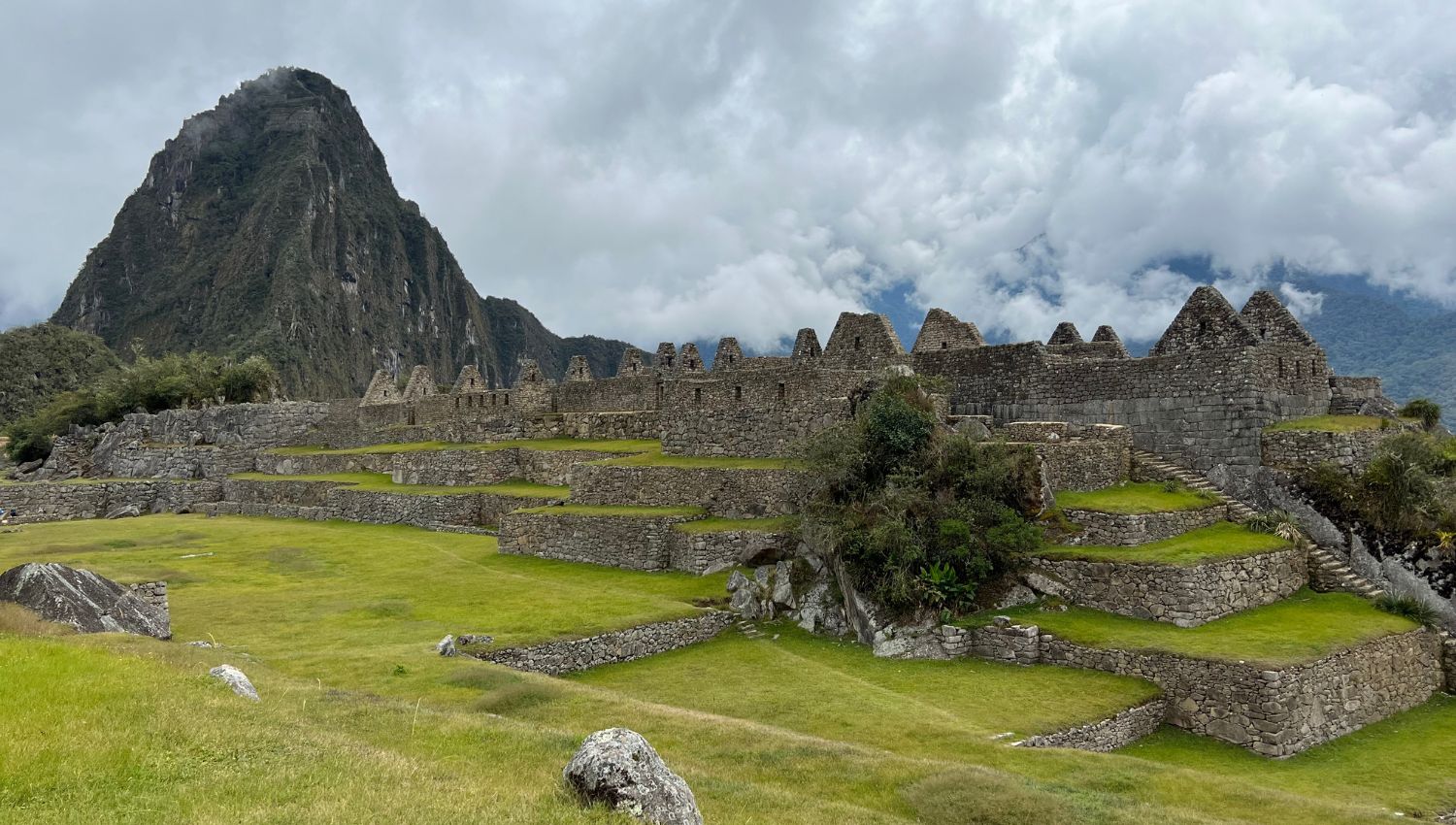
In 1471, when Pachacutec died, they took his body to his "house" of patallacta to be buried. His descendants venerated and cared for the remains of Pachacutec, because they considered him a great idol.
Did you know: Occasionally, In important events they took the body of Pachacutec to the city of Cusco to participate in festivals and ceremonies.
At the time of the arrival of the Spaniards they chased the rebellious Incas of Vilcabamba specifically in the year 1540. Machu Picchu had to be uninhabited and years later, Hernando Pizarro and later Arias Maldonado were delegated the whole area. It is believed that in 1568 the town of Picchu was still inhabited. The Cacique of Picchu village ordered the cultivation of coca for the Spaniards.
In the Republican History of Peru
In 1874, the German engineer Herman Göhring elaborated a cartographic document in which the toponyms "Machu Picchu" and "Huayna Picchu" are presented for the first time. In 1877, he published an expedition chronicle in the Urubamba in which he registered a fortress in Picchu.
In 1894 the farmer Agustin Lizarraga visited Machu Picchu in the company of Luis Béjar.
On July 14, 1902, the farmer Agustin Lizarraga passed through Machu Picchu guiding the Cusquenians Gabino Sanchez, Enrique Palma and Justo Ocho, who left his signature in the temple of the three windows, Bingham saw it and wrote it in his diary as a background.
On February 19, 1912, an expedition led by Dr. José Gabriel Cosio, with his students from the University of Cusco, went to the site to verify Bingham's findings and confirm if they were the same as those made on July 14, 1901 by a group of Cusqueños formed by Enrique Palma and Agustín Lizárraga and Gabino Sánchez. Palma and Lizárraga were Cosio's guides.
In 1915 Bingham returned with other specialists to cut down the forest and draw up a plan of the Inka citadel, who toured the site and made excavations inside and outside the enclosures.
Hiram Bingham in 1922 after having resigned from the explorations was considered as the scientific discoverer of Machu Picchu, however it is attributed to him: Bingham brought Machu Picchu to public knowledge.
How it became popular today
On December 9, 1983, UNESCO declared Machu Picchu a "World Cultural Heritage Site" for its natural or cultural significance to the common heritage of mankind.
In 2007, Machu Picchu won the name of "One of the seven new wonders of the world", along with other truly incredible places such as the Taj Mahal, the Great Wall of China, among others. Today Machu Picchu is a tourist attraction with the greatest influence in America.
Did Hiram Bingham discover Machu Picchu?
A professor from the United States named Hiram Bingham rediscovered Machu Picchu in 1911. He fell in love with its beauty and majesty that he returned to do more excavations and research at the citadel. But this professor made other discoveries before he found Machu Picchu. In conclusion, to achieve his explorer's life he took advantage of his marriage.
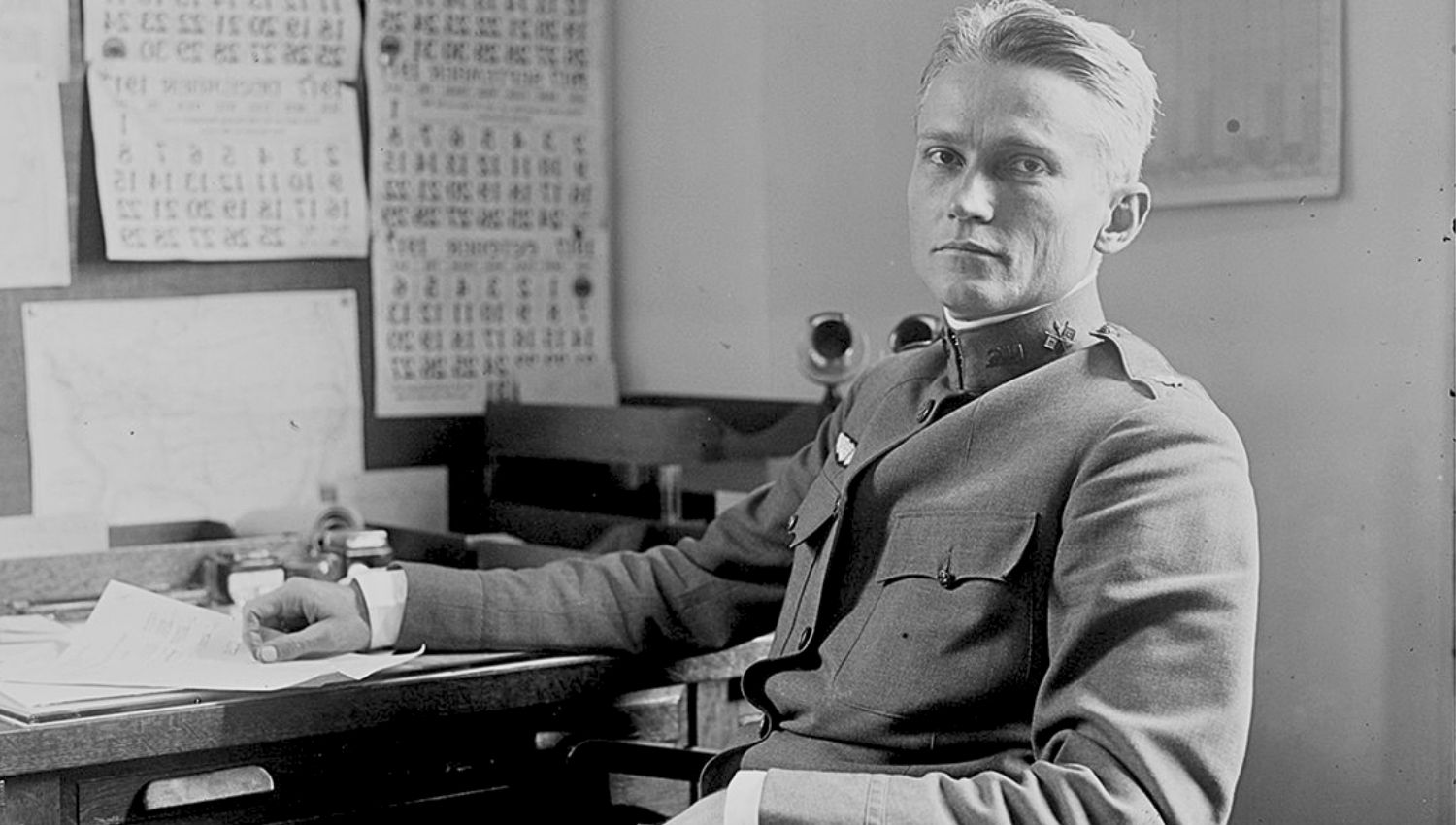
Biography of Hiram Bingham
Hiram Bingham was born on November 16, 1875 in Honolulu, United States, his parents were Hiram Bingham Jr. and Clara Brewster. He was the son of the first Protestant missionaries to bring the great salvation of Jesus Christ to the Hawaiians.
Since he was a child he was interested in books although his parents only allowed him to read the Bible and an album of morality stories. He decided to take refuge in the Honolulu library where he could read the adventure books he wanted, he adored "the adventures of Huckleberry finn by Mark Twain".
In 1898 he graduated from Yale University. Years later he moved to Berkeley where he did his graduate work at the University of California to study sociology and then decided to leave it for history, he did his doctorate at Harvard University. Two years later his life was to change totally.
He got married to Alfreda Mitchell in 1900, heiress of a prestigious family that owned the Tiffany jewelry company in New York. They had seven children with Hiram Bingham. And he was finally able to finance his life as an explorer.
Hiram Bingham's expeditions before finding the wonder of the world
- In 1907 he made his first expedition in the Andes of South America, Venezuela and Colombia. And they followed the route of Simon Bolivar in his struggle for independence. For the first time they saw the Andes stretching the length of the continent, as well as the beauty of breathtaking landscapes and lakes.
- Bingham arrived in Cusco on January 28, 1909 where he found a megalithic town of great antiquity, visited Catholic churches, Inca walls, central square, San Antonio Abad University of Cusco and then Sacsayhuaman where he could not understand the immense constructions with its temples.
- Hiram and his group went to the northeast, towards Choquequirao (which means cradle of gold). Where on February 7, 1909 they found ruins and long agricultural terraces. All covered with trees and weeds.
- On July 25, 1911, they continued towards Vilcabamba, reaching Vitcos and Yuraq rumi, which would be the clearest achievements of Bingham.
The boy who helped Hiram Bingham
On July 19, 1911, Professor Hiram Bingham began his search for the "lost city", in other words, he wanted to find Vilcabamba.He followed in the footsteps of Manco Inca, reached Ollantaytambo where they camped and Bingham was fascinated with the fortress, visited its ruins and said: "it deserves to be a place of pilgrimage".
The next day they went through the rainforest to the house of Melchor Arteaga. Bingham hired him as their guide. The next day an adverse climate greeted them, in spite of that, Bingham's group entered the jungle, where steep and muddy roads made themselves felt, then they arrived at a hut.
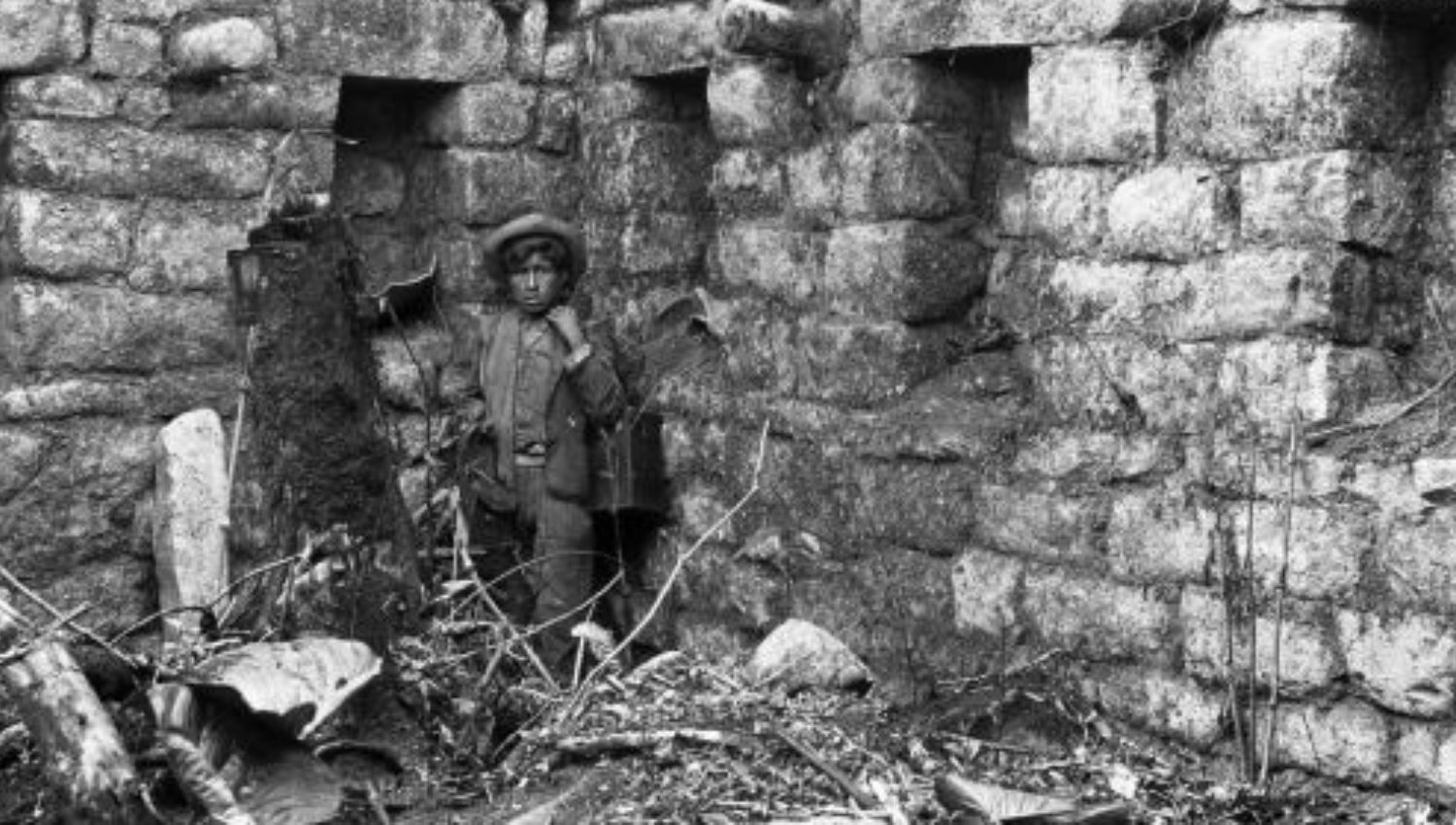
There lived the Richarte family, and it was to them that Arteaga entrusted the job because he was exhausted. An 8 year old boy named pablito was finally in charge of leading them to Huayna Picchu.
At the same time, Hiram Bingham rediscover the wonder built by the Incas called Machu Picchu. He was struck by the temples and house. He wrote in his book: "Suddenly I found myself standing in front of the walls of a ruin and houses built with the finest quality of Inca art. The walls were hard to see as trees and moss had covered the stones for centuries. But in the shade of the bamboo and climbing the bushes were the visible walls made of white granite blocks cut with the highest precision. I found shining temples, royal houses, a large square, and thousands of houses. I seemed to be in a dream."
Machu Picchu Location
The citadel of Machu Picchu is located in southern Peru, with an altitude of 2430 meters above sea level (7970 feet). It is located in the province of Urubamba in the department of Cusco. From the city, it is approximately 80 kilometers northwest of Cuzco. Ingeniously located as if someone wanted to keep it hidden; surrounded on three sides by mountains, and built on top of a mountain. The traditional route used by the Incas to reach Machu Picchu is the Inca trail from the southeast through the main gate known as Intipunku. The Urubamba River flows through it, creating a tropical climate. Its translation from Quechua is "old mountain", but it is also known as "The lost city of the Incas".
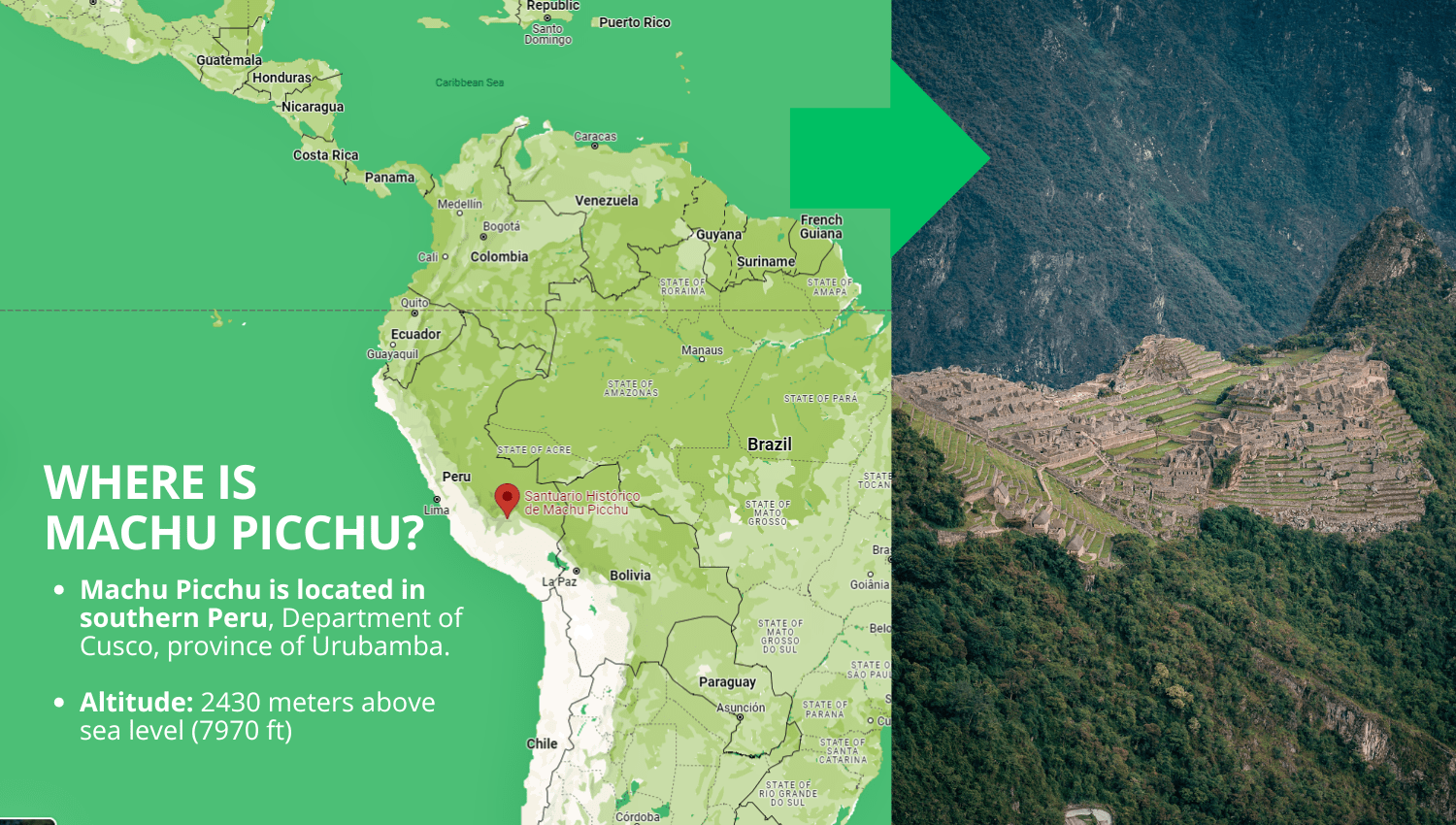
Where is it Located?
Accurate data about the location of Machu Picchu:
Flora
It has an unsurpassable landscape; it has a variety of flora species. In which stand out: the molles, the cedars, the queñuales, the ferns, the floripondios and the famous orchids. An interesting fact is that there are 1625 species of orchids registered. A flower that never ceases to amaze with the beautiful symmetry of its petals and different colors that make it stand out.
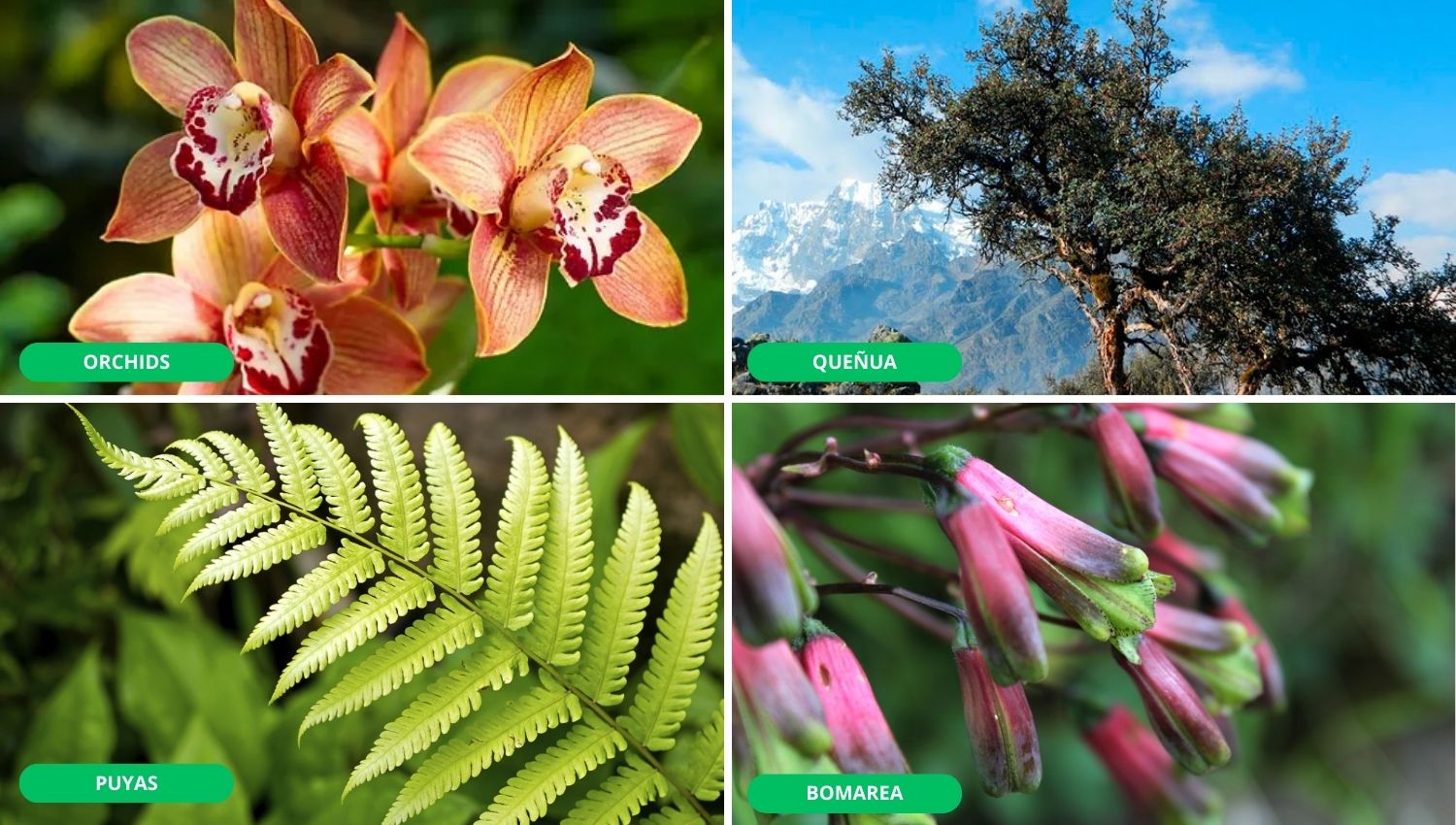
Fauna
Did you know that there are families of spectacled bears living in Machu Picchu? Some tourists managed to take pictures of these species. It is forbidden to approach or disturb them because the whole area is protected by the Peruvian state.
Animals in Machu Picchu
The climate of Machu Picchu is favorable for wildlife animals and it is very likely that you will encounter some of them while visiting the Inca citadel. There are 53 species of mammals and 41 wild species.there are also species such as Andean deer, vizcachas, torrent ducks, llamas, cock of the rock, etc.
- There are an average of 25 llamas in Machu Picchu to maintain the natural aspect that existed in Inca times. According to research, it would not be their natural habitat, but archaeological studies show the presence of this animal in Machu Picchu.
- Vizcacha: Rodents that you will see hiding under rocks or cracks, however it is very common that they come out to perch on top of the Inca constructions. Their appearance may confuse you because they resemble a rabbit.
- Lizards: You may see them perching on top of a rock to receive the sun's energy, but once they see a person they usually hide in the vegetation.
- Spectacled bear: Their appearances are always recorded by tourists and are always news, because they can only occasionally be seen.
- Cock of the rock: Birds of beautiful plumage, an iconic animal of the Peruvian Andes. It is lucky to be able to see them. The birds are bright orange or crimson with black wings and a rounded crest.
- Hummingbird: They are small birds that are capable of moving their wings 60 times per second. This makes it a truly unique bird.
- Butterflies: It is a wonder within a wonder. Machu Picchu is home to more than 500 species of butterflies, some of which are unique in the world.
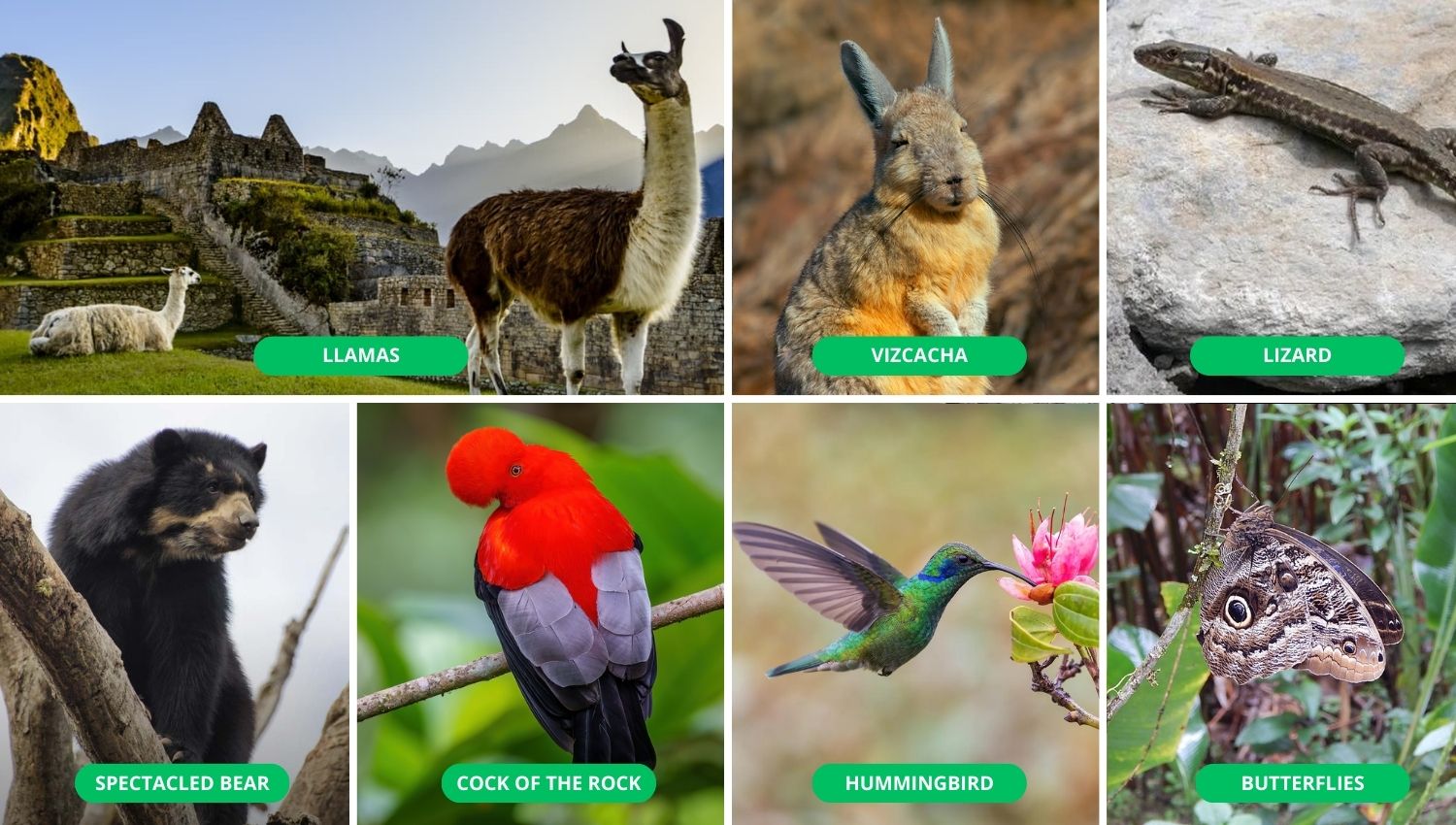
What You Should See on your Visit
Temple of the Sun:
Built on top of a natural cave, its main function was to worship and give offerings to the sun god (Inti). It is well located to capture the first rays of sunlight during the winter solstice.
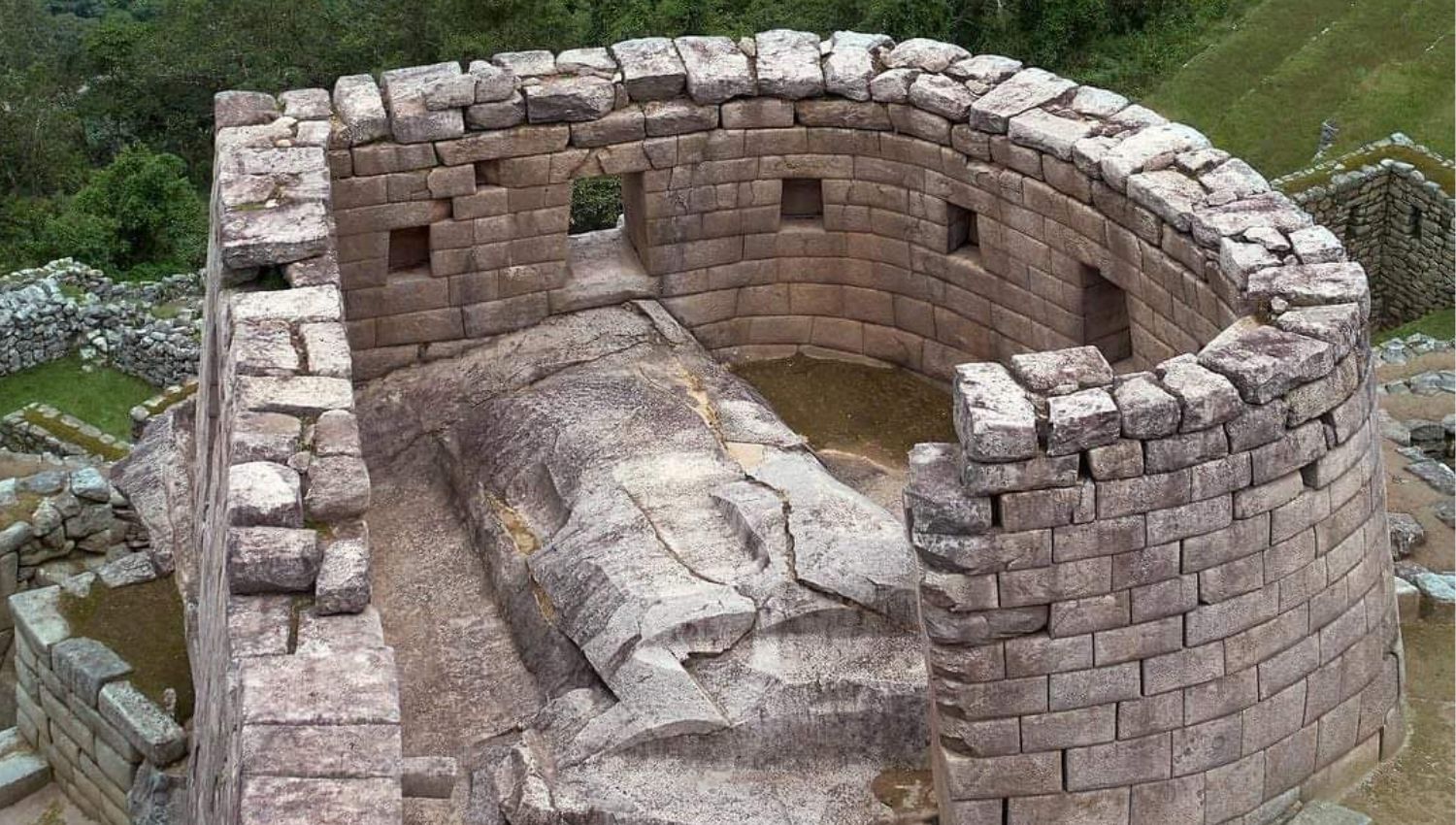
The sacred plaza:
Here you will observe two important constructions: The first is the main temple with three walls finely worked in each stone. Second, the temple of the three windows has the impeccably carved walls of the entire city, with trapezoidal shaped windows.
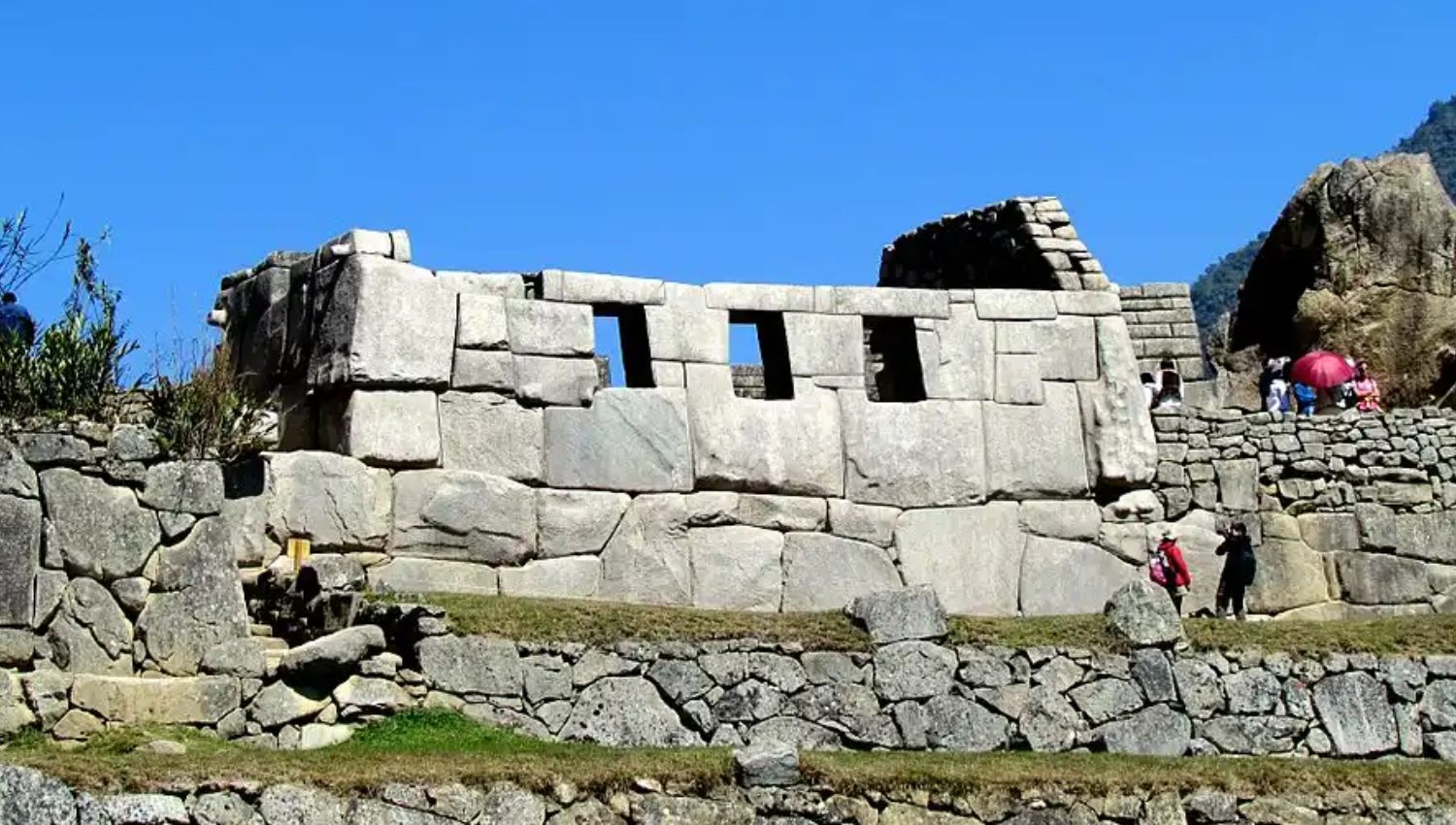
The Intihuatana:
A single perfectly carved stone with an enigmatic purpose. A sundial that casts different shadows according to the movement of the sun and seasons of the year.
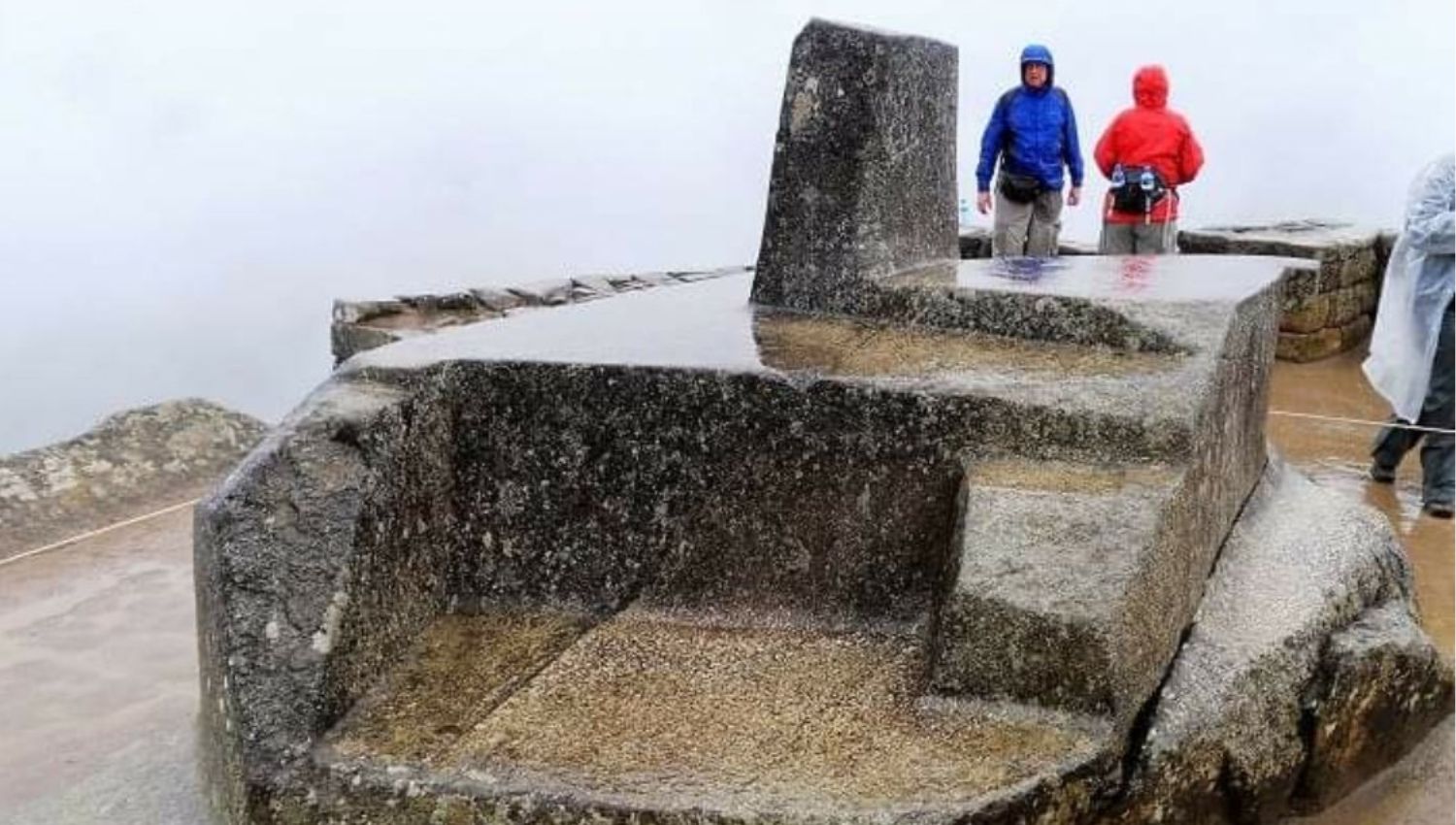
Huayna Picchu:
You will find the dreamiest view of the entire city. The Huayna Picchu mountain is a very popular attraction because climbing it is an adventure apart. It is steep and can generate vertigo but once at the top you could take the best pictures. There you will also find the temple of the moon. It has an altitude of 2729 meters above sea level, which according to researchers served as a lookout point of the Inca citadel. From April to October are the best time to visit the Huayna Picchu for being the dry season, however from November to March is not bad at all. Because you can visit without much crowds and be surrounded by a greenish landscape. Book in advance to get on the desired date because the demand is high to get a ticket.
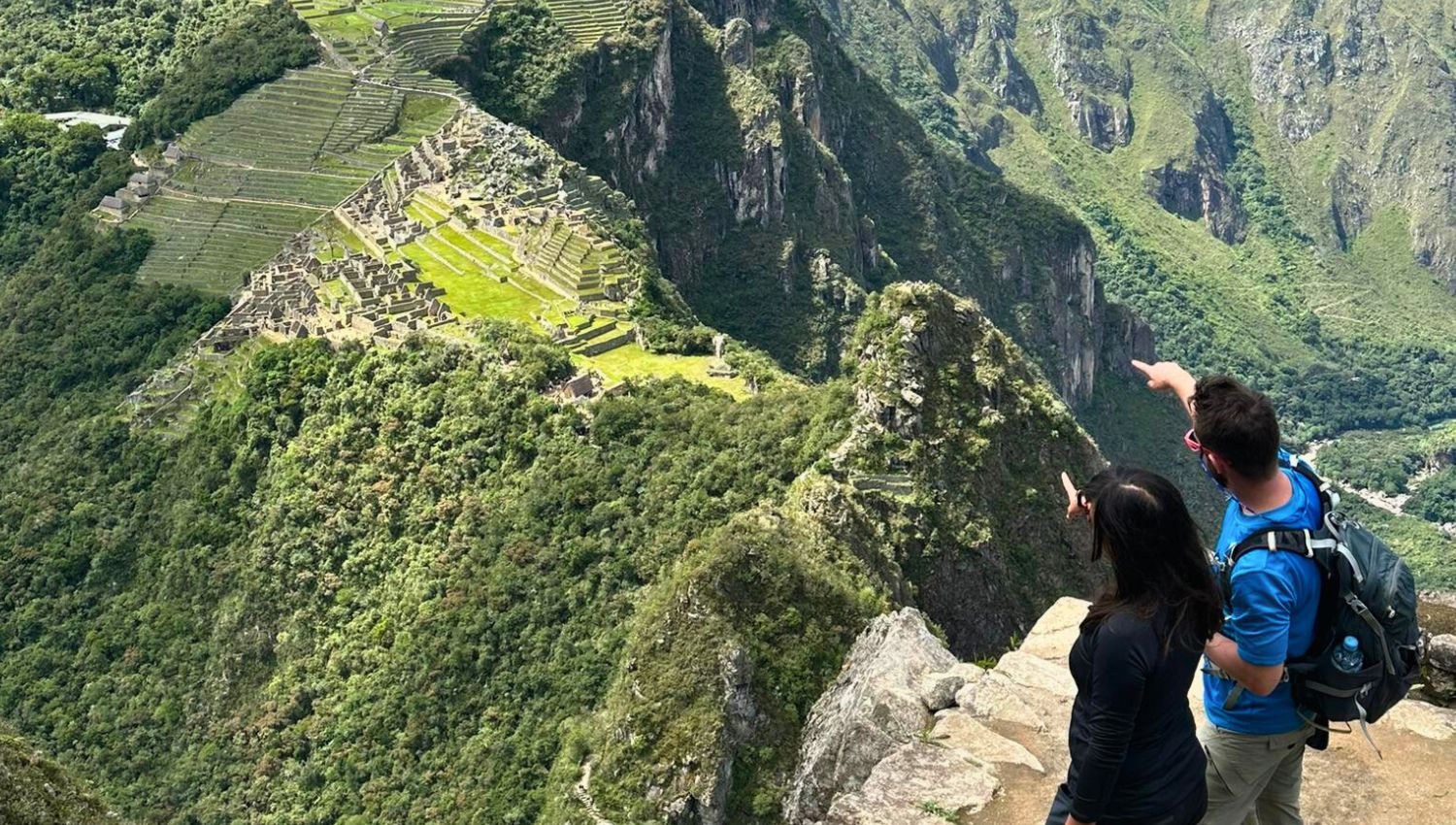
The condor:
The Incas worshipped the condor, the puma and the snake. They carved a natural rock formation in the shape of the condor and another stone in the shape of the condor's head and neck.
The Tower, Royal Mausoleum and Ceremonial Window
It is the adequacy of a subway environment finely lined with carved stone, located under the large lithic piece that supports the Tower, this rocky outcrop was carved in the same emersion site to then be coated with stones of fine finish. The tower stands out for the curvature of its external wall, which served a ceremonial function.
The quarry
Located between the Tower and the Sacred Plaza, here you can observe a group of heterogeneous granite blocks with samples of carving and percussion, which were in the process of extraction for the constructions in the Inca city when it was abandoned.
The Three Doors
Set of 18 houses of rectangular plant that share three patios of domestic function as housing of the local inhabitants, inside them a peculiar house is observed that presents three symmetrical doors that breaks with the scheme of the other structures to present a unicellular architecture, that fulfilled the function of local workshop for the production of ceramics or textiles.
The Temple of the Moon
So named because it is located below the rocky outcrop in Huayna Picchu, where there are four niches with double jamb doors built with finely carved and polished stones that refers to the connection of the earthly man with the world of the dead, therefore this place is purely ceremonial where sacrifices were made in honor of the Pacha Mama.
The room of the Mortars or of Water Mirrors
Located in the urban area, in the lower part of the citadel of Machu Picchu, inside a rectangular house that contains 18 niches and six doors of astronomical function, in the middle of it there are two circular discs carved in the same rocky outcrop as water mirrors that served the function of solar calendar that have a strong relationship with the movements and position of the sun at solstices and equinoxes.
Agricultural terraces
It is located mainly to the south of the Inca city of Machupicchu, of which we have 13 sets of terraces, whose function is retaining and agricultural walls at the same time, is completed with terraces located around and those of the upper, lower part of the historic center, linked by roads, sarunas, terraces and pedestrian crossings facilitating access to other sectors.
"Waca"
Referring to a rocky outcrop containing 8 small subway enclosures, in the upper part the three most important mountains of Machupicchu are observed in miniature form surrounded by flat surfaces, in the manner of ceremonial "tables", with stone slabs, a kind of fulling pan, small niches and short passages of ceremonial function.
"The prisons"
So called because it presents open structures of semicircular plan, with three ceremonial niches that connect with 3 small subway structures with a small entrance opening that leads to an open pentagonal space from where it is possible to enter a subway cave. This complex has an exclusive internal fountain, which gives it a special social status of ceremonial function.
The sacred fountain
Built with finely carved stone blocks with four niches that house ceremonial objects, for special ceremonies conducted by the Inca priests, where ceremonies were rendered to the water that was the main source for the survival of Inca society.
The Inca bridge
Located on the west side 30 minutes below the guardian's house, you can see the construction of a retaining wall, attached to the edge of the rocky outcrop as a way accompanied with bleachers, in the middle of it is the presence of a drawbridge of 5 m, where the superstructure was made of wooden planks placed side by side, with two pilasters of stone walls, which unite the passage from one place to another, accompanied with cantilevered stairs (sarunas) on each side of the bridge of more aesthetic than functional function, where before a possible threat to Machu Picchu the Incas destroy the bridge to avoid invasions.
Huchuy Picchu Mountain
Referred to a small mountain located within the archaeological site with an altitude of 2,497 m.a.s.l. of easy travel through its stone steps, and located at the top of the mountain you can appreciate in its fullness all the Machu Picchu's llaqta as well as the landscape surrounding this impressive park.
Putucusi Mountain
It is located at 2560 m.a.s.l. in the town of Aguas Calientes being one of the summits that surround the llaqta of Machupicchu where you can hike to the top of this mountain in three hours from where you can see the city of Aguas Calientes, the Urubamba River and the llaqta of Machupicchu as well as the entire landscape that surrounds this impressive Inca citadel.
3 things you could do in Aguas Calientes
Before visiting Machu Picchu, you will arrive at the town of Aguas Calientes or Machu Picchu Pueblo where you can do some activities before or after your visit to the wonder of the world.
Aguas Calientes Hot Springs
Located 800m from the town of Aguas Calientes, where there are pools with sulfate and sulfur waters of 38 ° C to 46 ° C, which helps us to cool off and relax after a long walk.
Butterfly farm
Located on the Hiran Bingham road, this is a place of interaction with the different species of butterflies where you will discover the nature of these specimens, which will make you live a unique experience that you will never forget.
Manuel Chavez Ballon Site Museum
Located at kilometer 112 of the Hiran Bingham road, 30 minutes from Aguas Calientes, where you will observe the findings of the first archaeological excavations such as ceramics, metal objects as well as a didactic exhibition of the important events, also this space has a botanical garden where you can observe the different varieties of orchids that are in Machupicchu.
Archaeological sites you could visit on the route Cusco to Machu Picchu
1.Inti Punku - "the door of the sun"
Located on the 2 745 m.a.s.l. referred to a cover built with granite stones being a control point of entry and exit of people who visited Machupicchu.
2. Llactapata
Located between the valleys of Aobamba and Salkantay, where we observe a small town made up of rectangular houses with the presence of terraces.
3. Sayacmarca
It is located on top of a mountain at 3600 m.a.s.l. built following the morphology of a very steep terrain, located on the edge of the precipice of the mountain, ceremonial or astronomical function where you can see rectangular enclosures with passageways that share open spaces (courtyards) water channels, squares and bridges.
4. Runkurakay
It is located at an altitude of 3800 meters above sea level, Runkurakay means "in the shape of a basket", due to the shape of its six semicircular buildings that share a central square, this site was a tambo that fulfilled the function of providing rest to the Inca messengers who traveled the route of Machupicchu-Cusco.
5. Patallacta
Located on the Vilcanota River, archaeological site that has platforms, platforms on which they were built, courts, rectangular houses with passageways and open spaces and retaining walls, this site of social function.
6. Choquesuysuy Archaeological Monument
Located on a platform on the left bank of the Vilcanota River at an altitude of 2149 m.a.s.l., this site was built with granite material joined with mud mortar of rustic masonry and irregular masonry, with the exception of the five phaqcha (water fountains) and fine masonry openings; this site has a ceremonial function.
Information before visiting the wonder of the world
Where is Machu Picchu?
The Historic Sanctuary of Machupicchu is located in Peru, in the district of Machupicchu, province of Urubamba, department of Cusco, between the coordinates 13° 10 19" and 13° 14 00" south latitude and 72° 30 5" and 72° 36 33" west longitude, the Llaqta of Machupicchu is located on a summit surrounded by two prominent mountain peaks known as Huayna picchu and Machu picchu.
What is Machu Picchu?
Machu Picchu is a mysterious and fascinating city built in stone, located on the mountains surrounded by a river, which shares a unique and pleasant climate and landscape. It is composed of two Quechua words "Machu" which means old or old and "picchu" is the summit of a hill, which translated refers to "old mountain", referring to the geographical landscape.
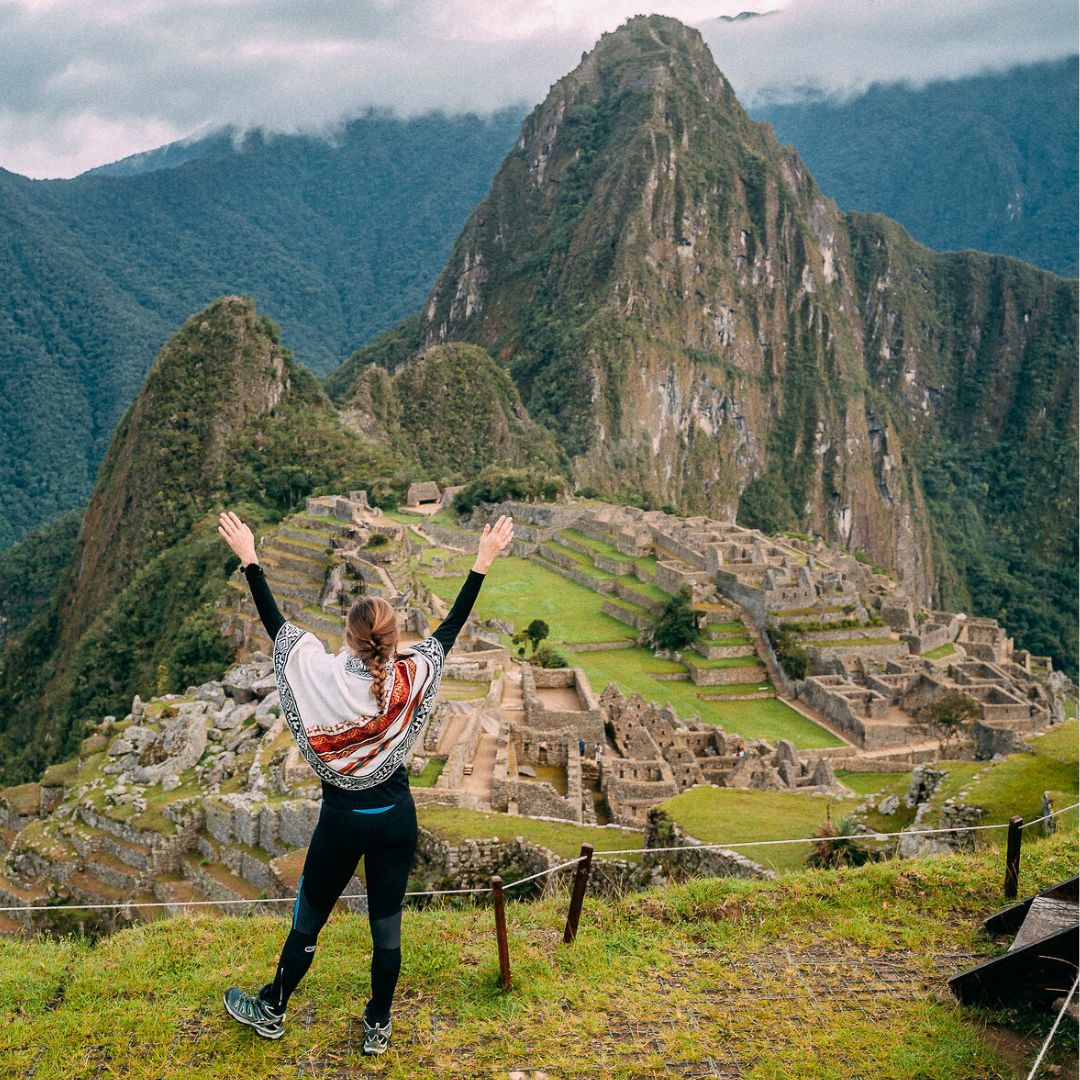
When was Machu Picchu built?
Machu Picchu was built in 1450 during the rule of Pachacutec. A work that required specialists in architecture, engineering and astronomy.
How was Machu Picchu built?
Architecturally, the llaqta of Machupicchu presents a clear urban organization of space over time, an extensive network of roads and planning of its buildings, built on the rocky outcrop of granite, being one of the best expressions of the Inka city that presents a well-structured urban layout of sites with historical, aesthetic, archaeological, scientific, ethnological and anthropological value, accompanied by a high hydraulic engineering distributed throughout the space.
Conformed by rectangular and circular houses, temples, wacas, astronomical observatories, squares, platforms, retaining walls and water channels, where half of its beauty, interest and drama is given by the atmosphere that surrounds the whole, thus representing a masterpiece of art, architecture and engineering in perfect harmony with nature, being the result of the most important legacy of the Inka civilization to humanity.
How high is Machu Picchu?
The altitude of Machu Picchu is 7972 feet or 2430 meters above sea level. And located 500 meters above sea level on the Urubamba River. It is known for being the eyebrow of the jungle.
How old is Machu Picchu?
According to research Machu Picchu was built in the 15th century and gradually abandoned in the following century. Because the Inca empire was invaded by the Spaniards.
When is the best time to visit Machu Picchu?
The best time to visit Machu Picchu is during the intermediate seasons, that is to say, between rainy and dry seasons. Specifically the months of April, May, September and October. But you can certainly visit it at any time of the year because it is a wonder of the world.
How Far is Lima from Machu Picchu?
By road it is 1205 km away. A bus ride is approximately 22 to 27 hours to Cusco and then to Ollantaytambo is 1 hour and 30 minutes and by train to Machu Picchu is approximately 1 hour and 20 minutes.
What to Bring to Machu Picchu?
To make this impressive and unique trip to Machu Picchu it is recommended to bring:
- Hat: With a wide brim, covering part of the shoulder to avoid sunstroke and sunstroke.
- Sunscreen: To avoid sunburn caused by sun exposure.
- Sunglasses: To protect our eyesight from the sun's rays during the day.
- Light clothing: To feel comfortable since this is a flat area.
- Water: To cool off in the sun and make our hike pleasant.
Trekking options and Tours
Going on a train with incredible views and then going up to Machu Picchu by bus is a nice experience. But there are other more challenging ways to get to the Wonder of the World; enjoy the Machu Picchu tours in its different versions.
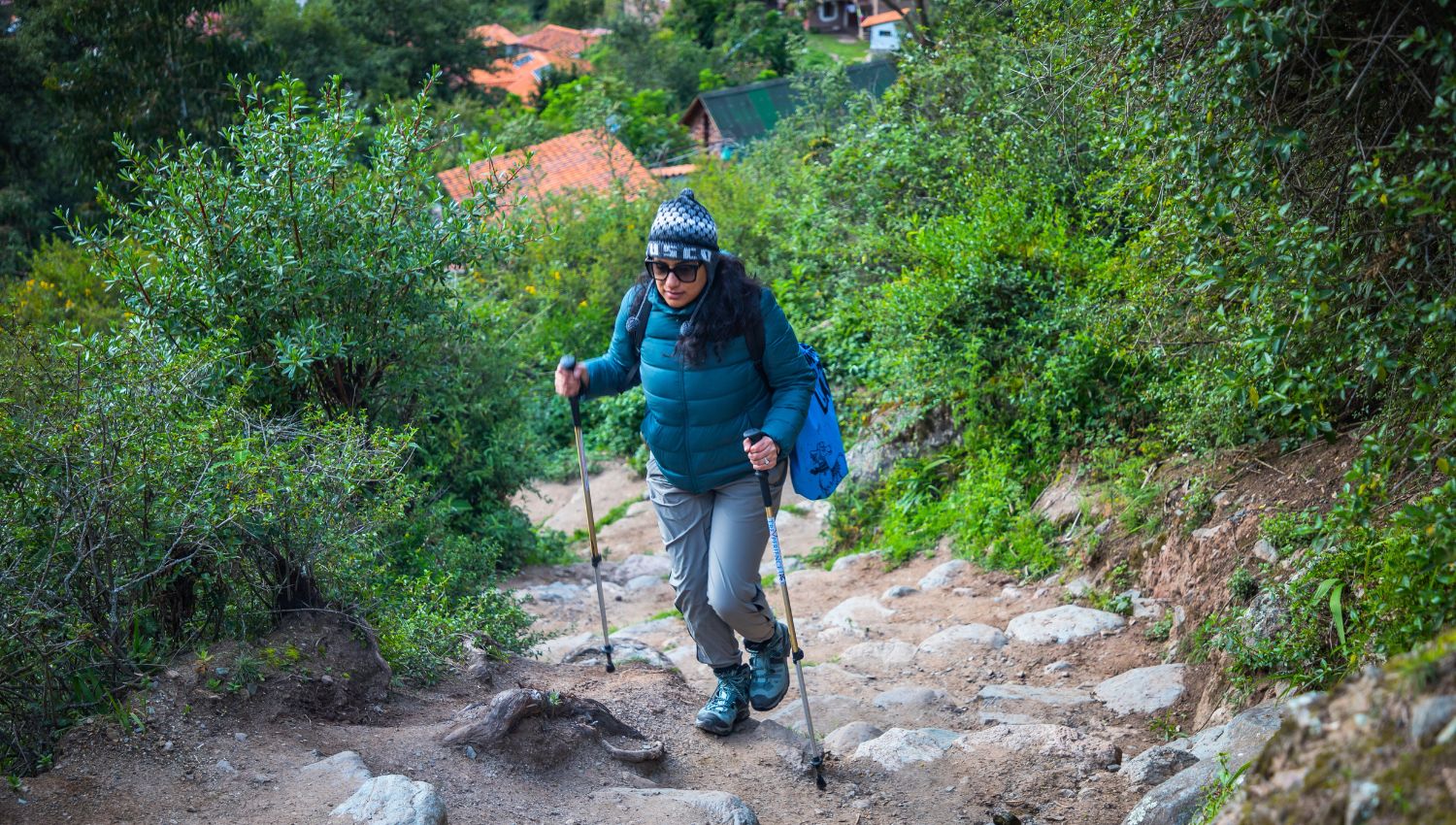
- Luxury Inca trail: A luxury experience in a 4 day hike where you will visit Inca constructions hidden in the jungle and endless landscapes until you reach Machu Picchu. You have to do it at least once in your life.
- Short Inca Trail Machu Picchu : It is a hike just as exciting as the previous one with the version that you reach Machu Picchu in only two days.
- Tours to Machu Picchu: Other equally exciting experiences are the sacred valley to Machu Picchu or another alternative is choquequirao trek to Machu Picchu.
Restaurants in Machu Picchu Town
If you are in Machu Picchu or have already planned to visit the Inca citadel, let me tell you that there is also the wonder of Peruvian food. It is a separate attraction in Peru that you should enjoy without a doubt. The good thing about the Machu Picchu restaurants is that you will find a variety of food such as: vegetarian, vegan and more.
Delicacies like ceviche, lomo saltado, aji de gallina, causa limeña, pachamanca, arroz con pollo and I could go on naming Peruvian dishes. Here are the Peruvian restaurants in Aguas Calientes, Machu Picchu.
- Full house & Peruvian Cuisine: A place where beautiful views accompany your delicious dishes. Excellent gastronomy with comfortable prices.
- Restaurante Munaycha: Good food, wines and beer. It has great attention from the staff. And a great view of the river next to the window.
Machu Picchu Tickets 2024
The entrance tickets to Machu Picchu have 5 types of experience, each one has its own itineraries and privileged places that you will visit. The historical sanctuary is huge and there are too many things to see, but you will not be able to see everything in one day. So here I explain each type of ticket and their prices.
Which ticket should you choose to enter the Machu Picchu Historic Sanctuary?
A tip is to buy your ticket to Machu Picchu in advance to avoid that the date you choose is already occupied, since only 1000 people can enter per day. Buy admission tickets from their official website, or through a licensed tour operator.
Machu Picchu (General entrance):
With this ticket you will visit Machu Picchu and tour circuit 1, 2, 3 or 4. On average your visit will take you 2 hours and 30 minutes.
Ticket Machu Picchu + Huayna Picchu (with circuit 4):
In addition to Machu Picchu, you will visit the famous Huayna Picchu, where you can take amazing pictures with a huge view of Machu Picchu. It has a thrilling climb that you must experience. Approximately your visit can take you 5 hours, it depends a lot on your physical condition. It is allowed for people over 12 years old.
Ticket Machu Picchu + Montaña (with circuit 3):
If you want a largely majestic view of the entire citadel and all the surrounding landscape, you should choose this ticket. The time it will take you to do the tour is an average of 6 hours. It is available for all ages.
Ticket Machu Picchu + Huchuy Picchu (with circuit 4):
It is an adventure in addition to Machu Picchu, you will visit a small mountain compared to Huayna Picchu. The route is easy to do. It can take you 4 hours to do the whole tour, and it is allowed for all ages.
Ticket Machu Picchu + Inca Bridge (with circuit 1 or 2):
You will visit an ancient bridge from the Inca period; it is impressive because it is built over a cliff. The approximate time it will take you to do the tour is 2 hours and 30 minutes. The entrance fee is for all ages.
Machu Picchu Admission Ticket Prices
Here are the ticket prices for 2024. It is time to make your purchase from the official site of Machu Picchu tickets or from TreXperience.
Additional readings
- Guillermo Lumbreras, “Machu Picchu, el mausoleo del emperador”, in “Machu Picchu, Historia, Sacralidad e Identidad”, Edición Jorge Pizarro Pacheco, INC Cusco, p. 14, Cusco, 2005.
- José Gabriel Cosio, “Una excursión a Machu Picchu, ciudad antigua”, in “Revista Universitaria”, Cusco, 1912. – José Gabriel Cosio, “Yo vi Machu Picchu antes que Bingham”, in “La Crónica”, Lima, 22 de mayo de 1955.
- https://www.machupicchu-ciudadela.com/documents/2014-07-14-PROYECTO-MAPI.pdf
Bibliographic references
- Plan maestro del santuario histórico de Machupicchu.
- Kenneth R Wright y Alfredo Valencia Z (2019) Machupicchu “Maravilla de la ingeniería civil”.
- Fernando Astete y José M Bastante: Machupicchu “investigaciones interdisciplinarias”, Tomo I y Tomo II.
- Federico Kauffmann D Machupicchu portento de la arquitectura inca.
